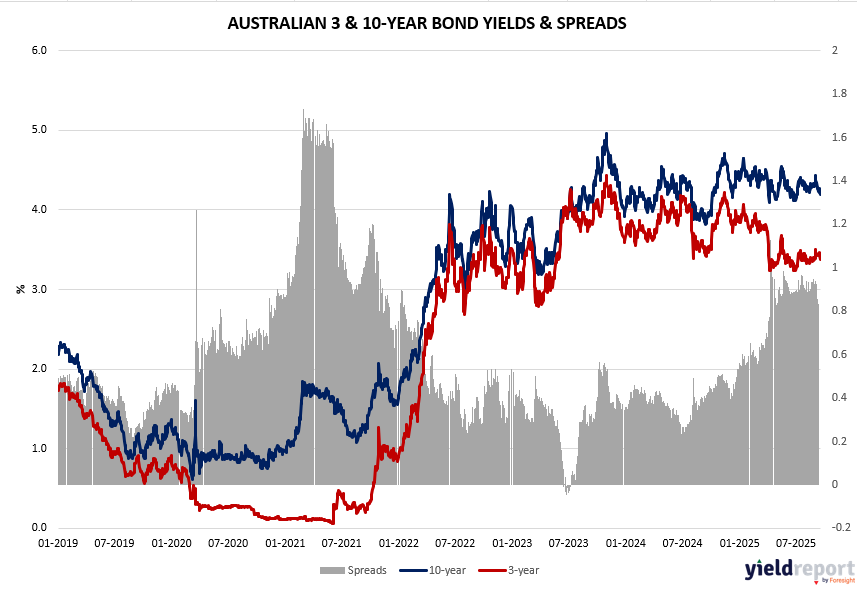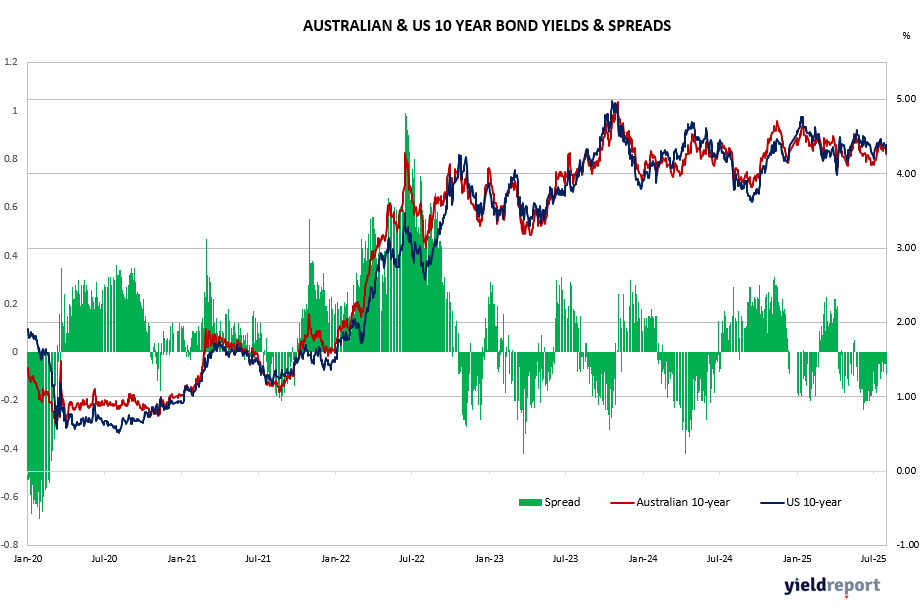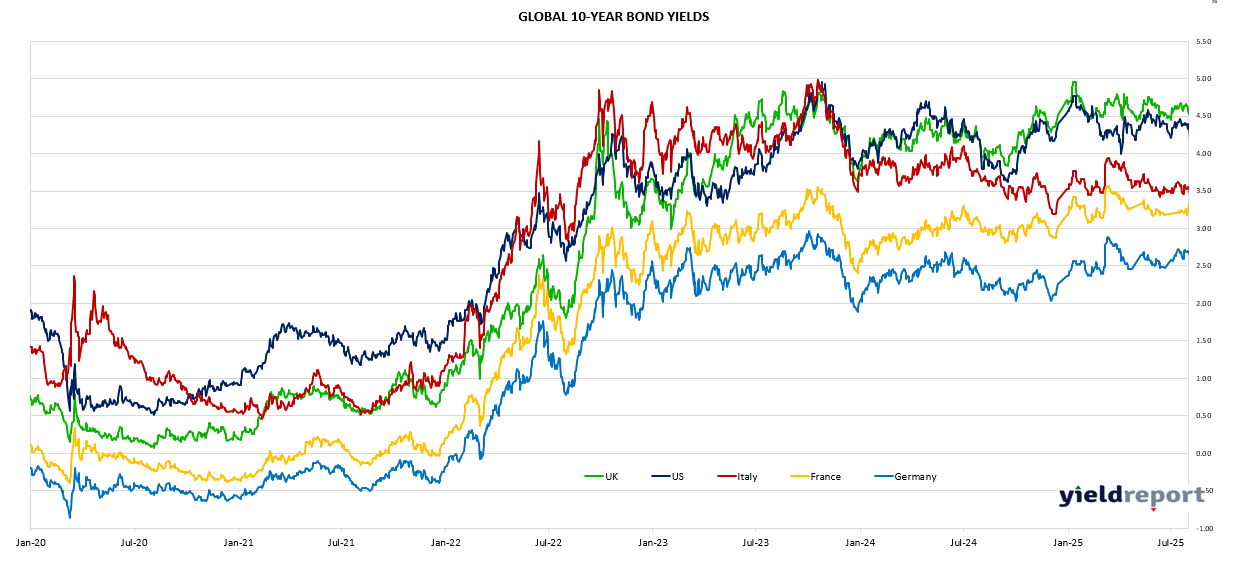Summary:
Australia’s labour market is showing clearer signs of cooling. ABS data revealed a loss of 5,400 jobs in August, defying forecasts for a 21,000 gain, while the unemployment rate held at 4.2 per cent as participation dipped to 66.8 per cent. Hiring momentum has slowed sharply, with only 24,000 jobs added between May and August compared with 80,000 in the year’s first four months. Economists link the slowdown to weaker population growth and falling participation, as net overseas migration dropped to 315,900 in the year to March—43 per cent below its 2023 peak. Full-time employment fell by 40,900, partly offset by a 35,500 rise in part-time roles. Despite these signs of weakening, the RBA still considers the market near full employment and expects the unemployment rate to be around 4.3 per cent. Financial markets now price a 90 per cent chance of a November rate cut, reinforcing expectations of further monetary easing to support growth.
Reserve Bank of Australia is forecast to lower its cash rate from 3.6% to 3.35% this year, supported by inflation returning to target and a weaker-than-expected August jobs report showing a 5,400 decline in employment. Bond markets now imply a 75% chance of a rate cut at the RBA’s November meeting.
Figure 1: Aust. 3 yr minus 10 yr Bond Spread




